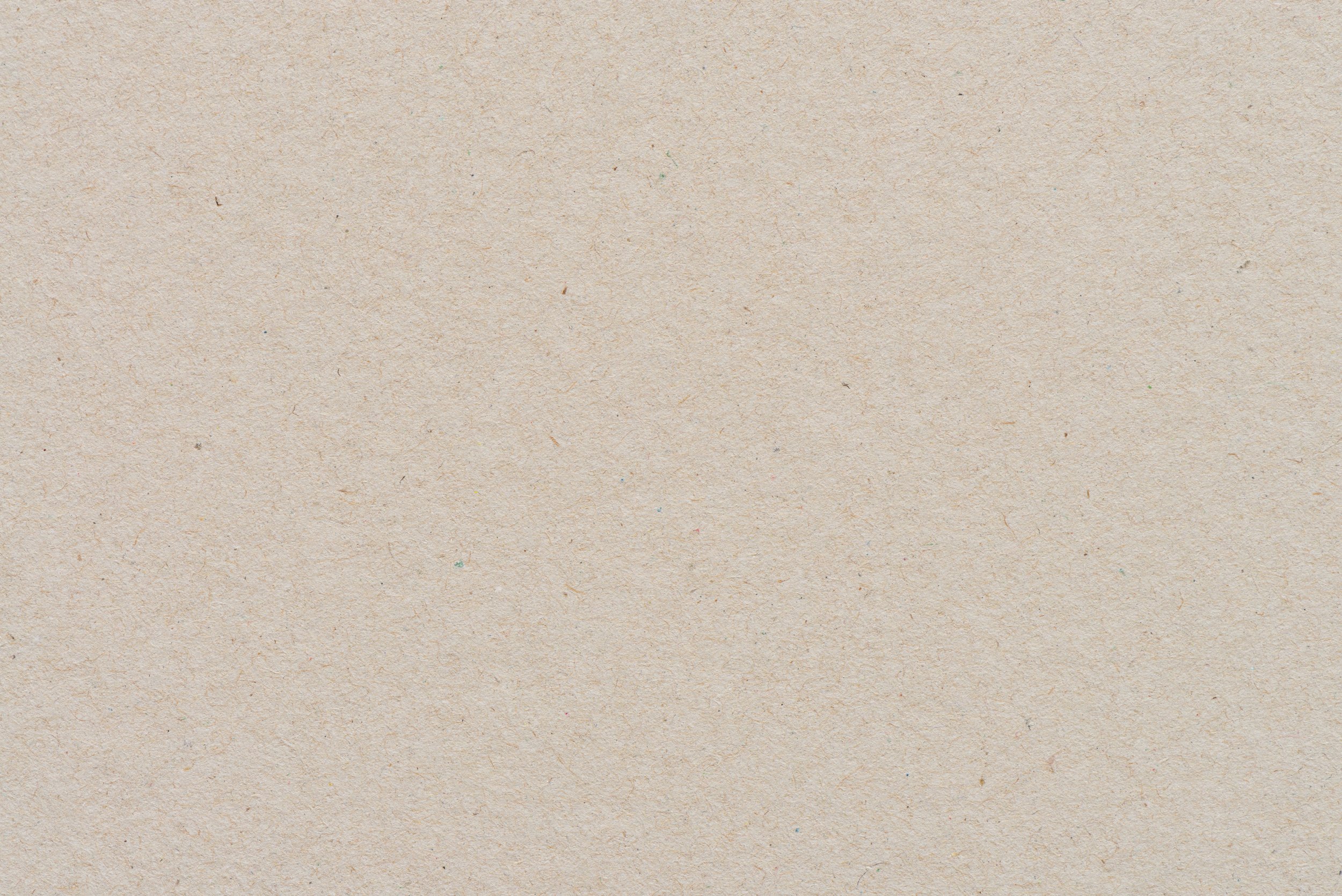
How is pond life connected?
LESSON 6
Children use their knowledge about ponds in creative play-based learning activities.
Materials
Print and cut out pond animals cards
Preparations
Promote curiosity and interest in pond life.
Encourage children to ask questions and make observations about what they see.
Foster a sense of wonder and curiosity about the natural world.
Encourage children to appreciate and respect the environment around them.
Use new vocabulary words related to pond life and food webs.
Objectives for Teachers
Children learn new vocabulary words related to food webs.
Children practice critical thinking and problem-solving skills by making observations and asking questions during activity.
Children develop an appreciation for the natural world and the importance of protecting and preserving habitats.
Objectives for Children

Collect and Connect
5 Little Ducks
Five little ducks went out one day
Over the hill and far away
Mother duck said, "Quack, quack, quack, quack"
But only four little ducks came back
Four little ducks went out one day
Over the hill and far away
Mother duck said, "Quack, quack, quack, quack"
But only three little ducks came back
Three little ducks went out one day
Over the hill and far away
Mother duck said, "Quack, quack, quack, quack"
But only two little ducks came back
Two little ducks went out one day
Over the hill and far away
Mother duck said, "Quack, quack, quack, quack"
But only one little duck came back
One little duck went out one day
Over the hill and far away
Mother duck said, "Quack, quack, quack, quack"
But none of the five little ducks came back
Sad mother duck went out one day
Over the hill and far away
Mother duck said, "Quack, quack, quack, quack"
And all of the five little ducks came back
Do the colors scavenger hunt together.
Practice singing and doing the actions for the song “5 Little Ducks.”

Activity Flow
The pond life cards can be used for multiple activities, select one, or more to do with your child.
1. Food web activity: To start, work together with your child to place the pond life plant and animal cards out on the floor. As you are placing them, ask your child which ones they know and talk about the ones they might not know.
Once the plants and animals have been placed, take your string or crayons and tell your child that you are going to connect a string or color a line in between the plants and animals or animals and animals that depend on each other for food, or shelter. Start with a simple example like a frog and a dragonfly. Explain that the frog eats the dragonfly as a food source and then place a string or draw a line in between them to show the frog depends on the dragonfly. Work together to connect all the plants and animals that depend on each other for survival.
After you have connected the plants and animals, ask your child what the finished product looks like. Tell them you think it looks a lot like a spider web! Which is perfect because this is called a food web. It shows how all these plants and animals depend on each other for food and survival.
Sample questions to ask your child after the activity:
What would happen if there were no dragonflies or small bugs for the frog to eat?
What would happen if there were no vegetation for ducks to eat?
What would happen if there were no fish for the larger animals to eat? Would they continue to visit the pond still?
What would happen if there weren’t birds and frogs to eat all the bugs?
Discuss the importance of a healthy and balanced ecosystem. It’s not good to have too much or too little of something, it can cause the ecosystem to fall out of balance and eventually die.
2. Spotlight activity: Choose one card and place it on the floor/table. This will be the spotlight card. Go through the remaining cards and place any that are connected to the spotlight card around it. This is a great visual activity to show your child how many animals are connected to just one.
3. Memory game: Print out the pond life animal cards twice and play the game memory. Flip all the cards face down and take turns turning over two cards at a time until you find all the matches. As you play, talk about the connections between each animal.
4. Color or paint the cards
Extension activity: How can I protect and preserve pond life?
Revisit the pond you went to on day 1 to observe any changes and talk about ways you can help preserve streams and ponds. Here are some simple things you can do to help:
Take a garbage bag and clean up trash around and near pond.
Feed the ducks (seeds, oats, veggies)
Talk about ways you can conserve water- taking shorter showers, turning off the tap while brushing teeth, water plants and lawns wisely, choose drought resistant plants, and use a broom instead of hose to clean the driveway.




